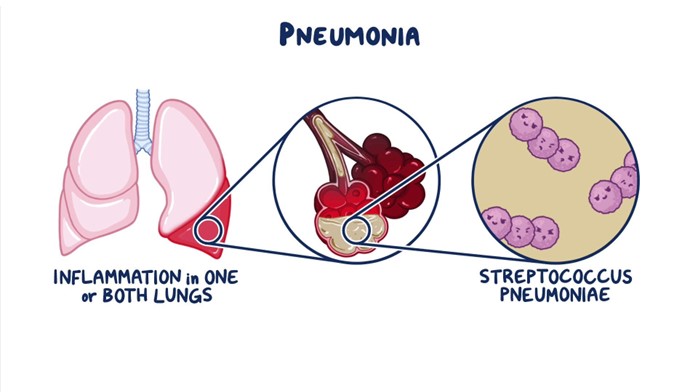An unlicensed assistive personnel (UAP) leaves the unit without notifying the staff. In which order should the unit manager implement these interventions to address the UAP's behavior? (Place the actions in order from first on top to last on bottom.)
Discuss the issue privately with the UAP.
Note date and time of the behavior.
Plan for scheduled break times.
Evaluate the UAP for signs of improvement.
The Correct Answer is B,A,C,D
The correct order is:
- Note date and time of the behavior.
- Discuss the issue privately with the UAP.
- Plan for scheduled break times.
- Evaluate the UAP for signs of improvement.
Here are the reasons for this order:
- Note date and time of the behavior. This should be done first, as it can provide objective evidence of the UAP's behavior and its impact on patient care and staff workload. The unit manager should document any incidents or complaints related to the UAP's behavior in a factual manner.
- Discuss the issue privately with the UAP. This should be done second, as it can provide an opportunity for feedback and clarification. The unit manager should use a respectful and professional tone, and explain how the UAP's behavior affects patient safety and staff morale. The unit manager should also listen to any concerns or challenges that the UAP may have, and offer support or guidance as needed.
- Plan for scheduled break times. This should be done third, as it can provide a solution or prevention strategy for future occurrences. The unit manager should work with the UAP and other staff members to ensure that there are adequate breaks and coverage for patient care. The unit manager should also review any policies or procedures related to break times and staff attendance.
- Evaluate the UAP for signs of improvement. This should be done last, as it can provide a measure of effectiveness and accountability. The unit manager should monitor and document any changes in the UAP's behavior, performance, or attitude. The unit manager should also provide positive reinforcement or corrective action as appropriate.
Nursing Test Bank
Naxlex Comprehensive Predictor Exams
Related Questions
Correct Answer is A
Explanation
Choice A is correct because a quiet, non-stimulating environment can help reduce the agitation, confusion, and hallucinations that are common in alcohol withdrawal delirium. The nurse should also provide reassurance, orientation, and safety measures to the client.
Choice B is incorrect because forcing oral fluids and providing frequent small meals are not the most important interventions for a client with alcohol withdrawal delirium. The client may have difficulty swallowing, nausea, vomiting, or diarrhea that can interfere with oral intake. The nurse should monitor the client's hydration and nutrition status and provide intravenous fluids or supplements as needed.
Choice C is incorrect because confronting the client's denial of substance abuse is not the most important intervention for a client with alcohol withdrawal delirium. The client may not be able to comprehend or accept the reality of their situation due to their altered mental state. The nurse should avoid arguing or challenging the client and focus on providing supportive care.
Choice D is incorrect because encouraging attendance and group participation are not the most important interventions for a client with alcohol withdrawal delirium. The client may not be able to participate in group activities due to their severe withdrawal symptoms and may need individualized care. The nurse should facilitate referrals to appropriate resources for substance abuse treatment when the client is stable and ready.
Correct Answer is C
Explanation
Choice A: Yellow-tinged sputum is not a serious adverse effect of linezolid. It may indicate an infection or inflammation in the respiratory tract, but it does not require immediate attention from the health care provider.
Choice B: Nausea and headache are common side effects of linezolid. They are usually mild and self-limiting, and they can be managed with supportive measures such as hydration, rest, and analgesics.
Choice C: Watery diarrhea is a sign of pseudomembranous colitis, a potentially life-threatening complication of linezolid. It is caused by an overgrowth of Clostridium difficile bacteria in the colon, which produce toxins that damage the intestinal mucosa. It can lead to dehydration, electrolyte imbalance, sepsis, and perforation. The nurse should report this finding to the health care provider immediately and stop the linezolid infusion.
Choice D: Increased fatigue is not a specific or serious adverse effect of linezolid. It may be related to the underlying infection, anemia, or other factors. It does not require urgent intervention from the health care provider.

Whether you are a student looking to ace your exams or a practicing nurse seeking to enhance your expertise , our nursing education contents will empower you with the confidence and competence to make a difference in the lives of patients and become a respected leader in the healthcare field.
Visit Naxlex, invest in your future and unlock endless possibilities with our unparalleled nursing education contents today
Report Wrong Answer on the Current Question
Do you disagree with the answer? If yes, what is your expected answer? Explain.
Kindly be descriptive with the issue you are facing.
